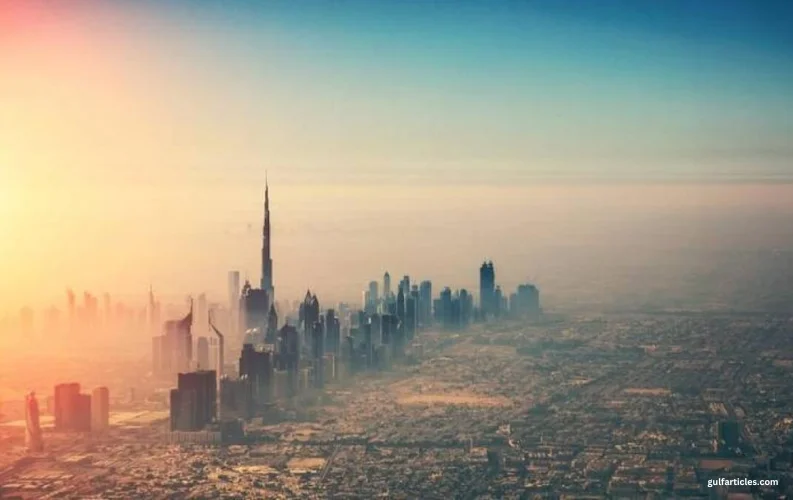The UAE is experiencing a relatively warmer winter this year, with meteorologists attributing the change to alterations in pressure systems. A significant shift in air mass movement and pressure distribution has played a crucial role in the temperature variations observed this season, according to experts from the National Center of Meteorology (NCM). Historically, the UAE has recorded extreme winter temperatures, with the lowest ever reported being -5.7°C on February 3, 2017, at Jebel Jais, the country's highest peak. Just a day later, on February 4, temperatures further plummeted to -3°C in the same region. However, in stark contrast, this year’s lowest temperature was 1.9°C, recorded on January 4 at 5 AM in Jebel Jais, following closely behind a reading of 2.2°C on January 3.
How Polar Air Mass Impacts the UAE
In an exclusive interview with Khaleej Times, Dr. Ahmed Habib, meteorologist at NCM, explained that changing air mass patterns are responsible for the shift in winter temperatures.
He highlighted that in 2017, a strong polar air mass had moved from the Arctic region towards northern Saudi Arabia, directly affecting the UAE, leading to extreme cold conditions.
“In contrast, this year’s pressure system is different. The usual high-pressure system over Siberia has expanded differently, altering the trajectory of cold air masses that reach the Arabian Peninsula,” he explained.
Although the UAE is still experiencing cooler temperatures, they haven’t reached freezing levels due to variations in air mass movements.
How Pressure Systems Influence Rainfall in the UAE
Winter in the UAE is characterized by clear skies, occasional rain showers, and a boost in outdoor activities. However, experts have noted a decline in rainfall this season, also linked to changes in pressure systems.
Dr. Habib explained that low-pressure systems moving from west to east, along with extensions of the Red Sea trough, contribute to cloud formation and sporadic rainfall in the region.
“We expect cloud cover over northern Ras Al Khaimah and eastern Fujairah on February 7 and 8, particularly in the far north and east. While temperatures are set to increase midweek, a drop of 2 to 5 degrees Celsius is expected from Friday, February 7,” he noted.
Comparing this year’s weather patterns to 2024, Dr. Habib pointed out that February 2024 saw significant rainfall, including severe hailstorms in Al Ain. It was reported as the strongest hailstorm in four decades. However, this year’s pressure system is different, resulting in less rainfall and a relatively milder winter.
Temperature Fluctuations Expected in the Coming Days
Experts emphasize that pressure systems are dynamic and change yearly and even daily. These variations affect air mass movements, causing frequent fluctuations in temperature.
Dr. Habib stated, “Typically, air masses shift from high-pressure to low-pressure areas. Depending on these patterns, cold air masses from the north may or may not reach the UAE.”
Given the unpredictable nature of UAE winters, weather fluctuations are common during January to March. The upcoming days are expected to witness:
- Cloud cover over northern Ras Al Khaimah and eastern Fujairah from February 7 to 8
- A gradual temperature increase from Wednesday
- A drop of 2-5°C expected from February 7 onwards
While winter in the UAE remains relatively mild compared to other regions, climate variations continue to shape seasonal weather patterns, with meteorologists closely monitoring long-term trends.





















